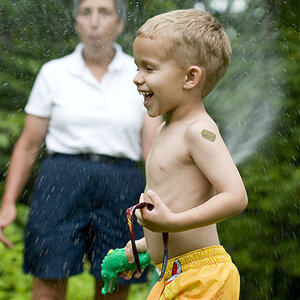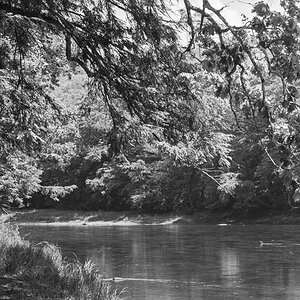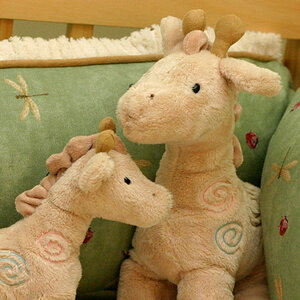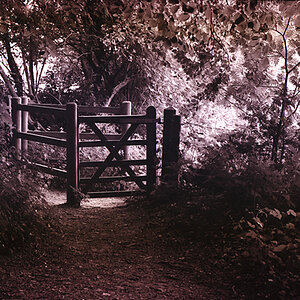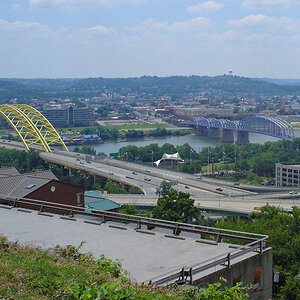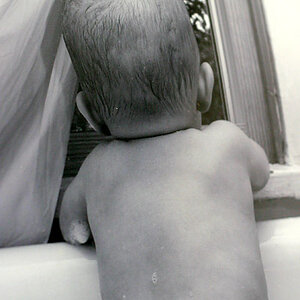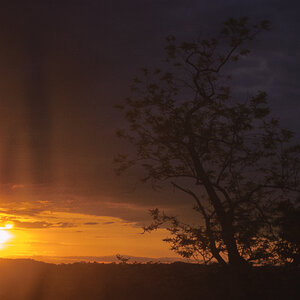PersistentNomad
No longer a newbie, moving up!
- Joined
- Sep 1, 2016
- Messages
- 236
- Reaction score
- 89
- Location
- New Britain, CT
- Can others edit my Photos
- Photos OK to edit
Taken at Walnut Hill Park at the Salute to Women Memorial Rose Garden in New Britain, CT
D5000, 18mm f4.5 at 15 seconds ISO 160

D5000, 18mm f11 at 30 seconds ISO 200

D5000, 18mm f8 at 30 seconds ISO 200

D5000, 18mm f8 at 76 seconds ISO 200

D5000, 18mm f4.5 at 15 seconds ISO 160
D5000, 18mm f11 at 30 seconds ISO 200
D5000, 18mm f8 at 30 seconds ISO 200
D5000, 18mm f8 at 76 seconds ISO 200



